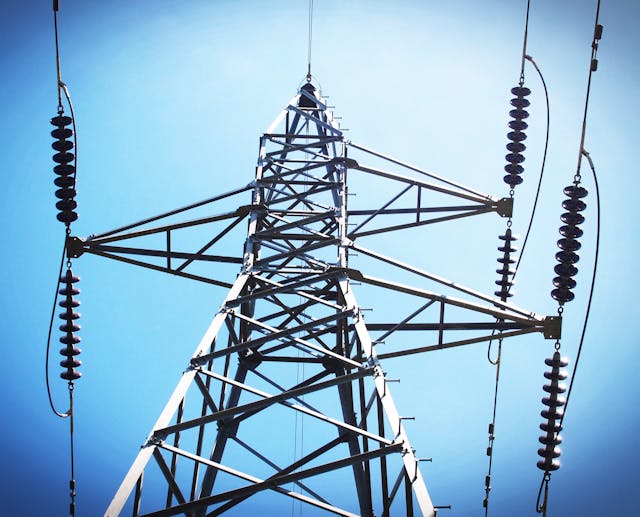What is the Difference Between an Oil-Filled and Dry-Type Transformer

Choosing the right type of transformer is essential, whether you’re dealing with a new installation or getting a replacement. Just because you currently have one type doesn’t mean you can’t switch to another, but there are various factors that will determine which type is best suited for your use.
When you need to decide between an oil-filled or dry-type transformer, this article will help you understand the difference.
What is a dry-type transformer?
A dry-type transformer is one that uses dry materials for insulation in contrast with oil-filled transformers. Insulation is required to dissipate the enormous amount of heat generated by the transformer to prevent it from catching fire. Dry-types are cooled by natural air with the help of certain fire-resistant materials.
The materials used for insulation can vary, but reputable companies that make reliable transformers, like ELSCO Transformers, use the Nomex insulation made by DuPont. They also use circular coils and all units are hand-wound, which increases the accuracy of the windings and avoids mistakes often made by machines.
Dry-type transformers are best suited for low to medium voltage and indoor use, although if you get a proper enclosure, they can be installed outdoors.
Some common industries that use dry-types are:
- Electrical supply facilities
- Universities and colleges
- Just-in-time industrial suppliers
- Electrical contractors
- Correctional facilities
- Hospitals and medical centers
- Continuous process manufacturers
The benefits of using dry-type transformers outweighs the benefits of using oil-filled transformers when you have a choice. For example, despite the higher upfront cost, they produce higher profit margins.
Since there are no oils in a dry-type, there is no possibility of pollution. There’s also far less risk of fire since there are no combustible oils present.
The downside to dry-type transformers
Initially, you’ll pay more for a dry-type than a liquid-insulated transformer, which seems like a downside, but it evens out over time. A well-built dry-type will last for decades without failing and won’t require continual maintenance. You’ll save time, money, and energy by choosing a dry-type.
The only true downsides are that you can’t use them for high-voltage applications, they’re typically larger because they have bulky windings.
What is an oil-filled transformer?
Oil-filled transformers use synthetic or mineral oil along with fans to cool off. There are other types of liquid-filled transformers that use silicone or hydrocarbons, and these materials are slightly safer than oil.
One major benefit of using an oil-filled transformer is that it will be quieter than a dry-type and more efficient. It takes less energy for a wet-type transformer to alter voltage, partially because they’re smaller.
Best suited for medium and high-voltage applications, liquid-insulated transformers are much easier to recycle than dry-types, but they aren’t devoid of risks.
The downside to oil-filled transformers
Both transformer types require regular visual inspections and tightening of connections, but oil-filled transformers require constant maintenance. You have to check liquid levels and gauges to make sure there are no leaks. For example, if the pressure drops down to zero, there could be a leak. Sometimes worn gaskets have to be replaced as well to stop or prevent leaks.
If you’ve ever heard about a transformer explosion on the news, it was probably an oil-filled unit. The oil used for insulation is highly combustible and sometimes poorly-made transformers fail prematurely. For safety reasons, oil-filled transformers should be installed outdoors with a fire protection system to limit the damage done to the surrounding area in case it fails. They should always be installed in an area far away from people.
Another issue is that owning a wet transformer requires taking periodic samples of the liquid to test for its fire and flashpoints, moisture content, dielectric strength, and contamination. If it doesn’t pass the test, the liquid will need to be filtered or replaced. Overall, liquid-filled transformers require more maintenance than dry-types, but if you don’t have a choice, they will get the job done.
One type isn’t necessarily better than the other
When a situation will allow for either type, most people will benefit more by choosing a dry-type transformer. They’re safer, require less maintenance, and are easier to install. They also provide a larger ROI. Even though dry-types carry major benefits and less risk, there are times when only an oil-filled transformer will work.
Which should you choose? Since each type of transformer has unique pros and cons and specialized use cases, there is no one right answer. If you aren’t sure which type to buy, get a consultation with a specialist before committing to a purchase.





